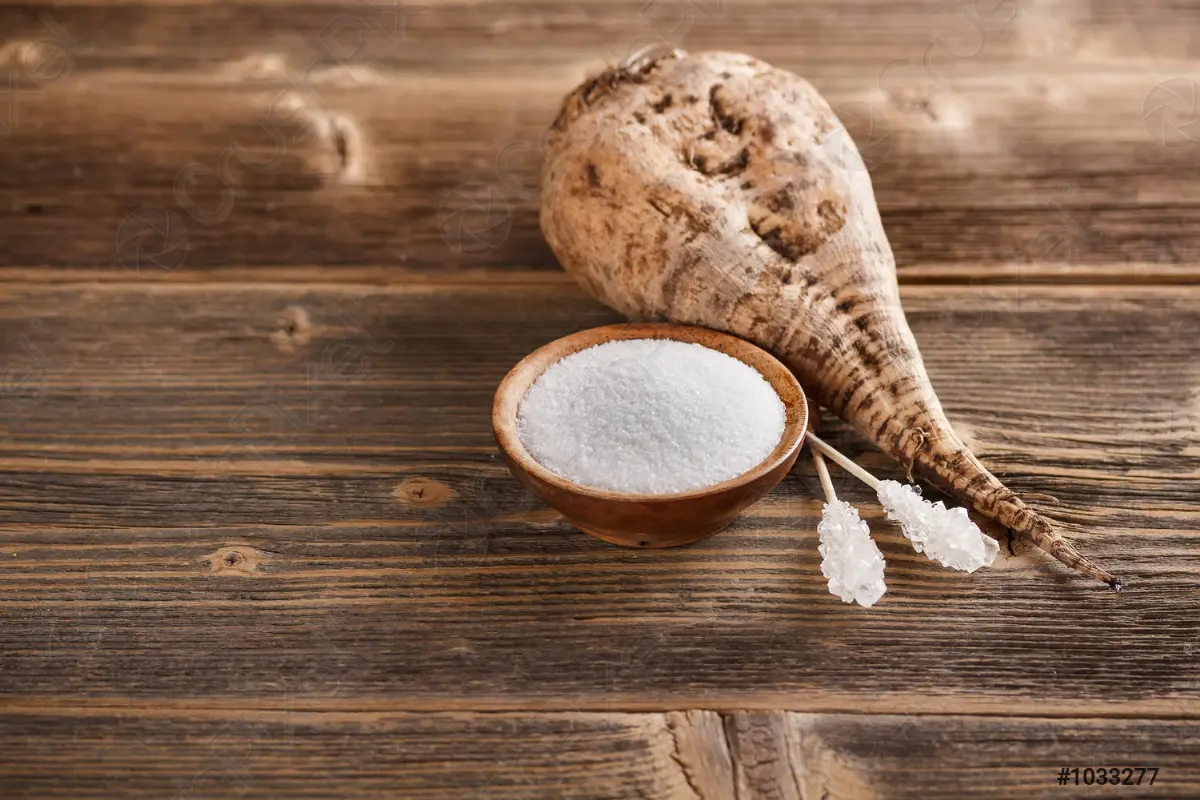
Commodities. Sugar: prices and imports in the EU rise
Slight drop (-0.2%) in milk deliveries, offset by the boom in Ireland (+7.9%)

The European Commission has published the first supply and demand forecasts for the 25/26 campaign. Sugar production is expected at 15.2 million t, -8% compared to the previous campaign. The drop in areas of over 10% would in fact be only partially offset by a slight rebound in yields (+1%).
With initial stocks down 6% compared to 24/25 and substantially stable consumption (-0.4%), the EU is expected to return, after two net export campaigns, to an importing area, with a 50% rebound in imports and a 17% drop in exports. Net imports of unaltered sugar would in fact go from approximately -1 Mio t to 0.4 Mio t. Potential downward revisions of yields should be kept in mind in a context of drought and risk of spreading aphid diseases, especially in Germany, as highlighted by the latest Commission report.
The data published by the Commission confirms the direction of the previous Areté forecasts and the inflationary trend of EU prices. According to Areté surveys, at European level, prices remain at higher levels than at the end of 2024: in June, +18.5% for Central-Northern Italy delivered and +16.7% for Spot Europe compared to December 2024.
Areté reports that, in the first four months of 2025, there was a 0.2% drop in EU milk deliveries compared to the same period in 2024, with significant setbacks in key areas of production and export of processed products such as Germany (-2.9%), France (-1.9%) and the Netherlands (-2.3%), only partially offset by increases in Poland (+0.8%), Italy (+0.03%) and Ireland (+7.9%).
The supply, already structurally slowed down by the EU environmental policies to reduce emissions, has also been affected by high production input costs and the spread in the EU of bluetongue and foot-and-mouth disease, infectious diseases that drastically reduce milk yields. In Italy, where outbreaks of bluetongue have significantly increased again, cases of nodular dermatitis (lumpy skin disease) have also been reported since 20 June, particularly in Sardinia and the Mantua area. This is another highly contagious viral disease. An outbreak has also recently been reported in France.
As required by EU regulations, restricted surveillance zones have been established, with a ban on moving cattle outside the areas affected by the measure. The spread of the virus, in addition to representing a further brake on supply, also has the potential to impact exports. The British government, for example, has suspended imports into the United Kingdom of cattle, raw milk and some derivative products from the entire Italian territory. Spot milk prices, in a phase of moving away from the spring production peaks, are recording marked upward tensions. German spot milk listed on the Milan Chamber of Commerce, for example, recorded a +18% between May and the end of June, exceeding €61/100 kg; with June 2025 prices 20% higher than June 2024.
Between May and June, short-fiber pulp prices in Europe fell by 5%; -2% for long fiber. According to Areté's analyses, the main factors that weighed were the signs of a slowdown in global demand. Shipments from the United States and Canada, key pulp export areas, in the period January-April 2025 reached their lowest levels for the period since at least 2010. The weakness in consumption is also demonstrated by the recovery of pulp stocks at European ports which, at the end of May, were 22% higher than in May 2024.
Similar dynamics are found on the recycled market, where there is a slowdown, partly seasonal, in purchases by paper mills. The prices of recycled paper in Europe (Occ 1.04) recorded a 2% drop between May and June. The decline was more marked on the domestic market, where ordinary quality waste paper, after the peak reached in April, recorded a -33%. In this scenario of partial calming of the costs of raw materials - both virgin and recycled - the prices of finished products, such as kraftliner, are stable for now.
EFA News - European Food Agency